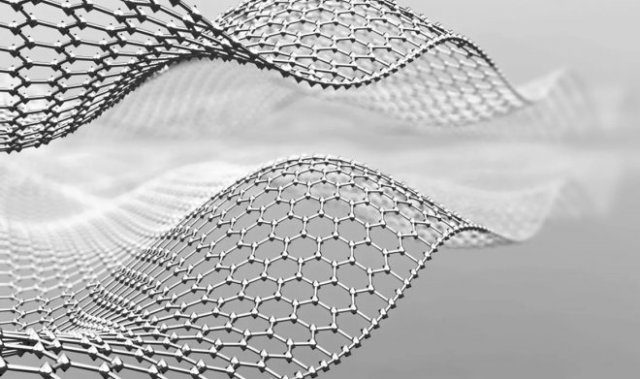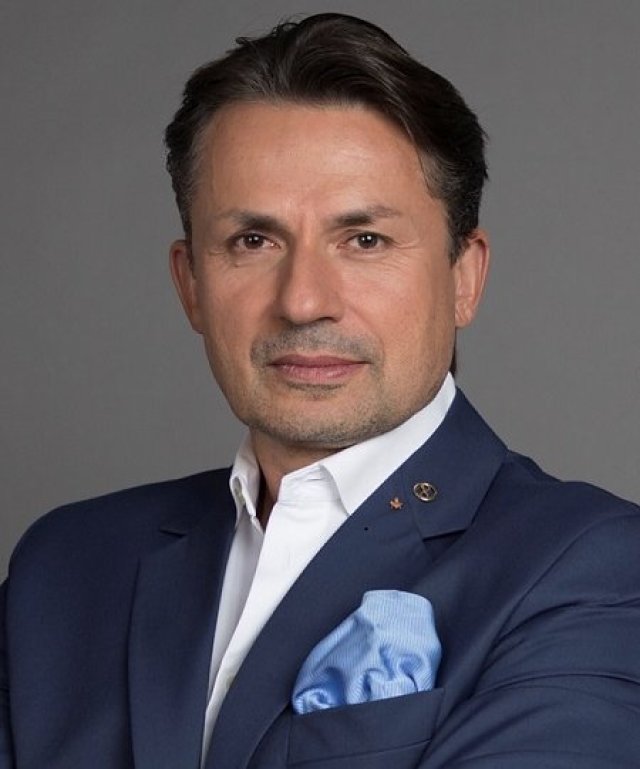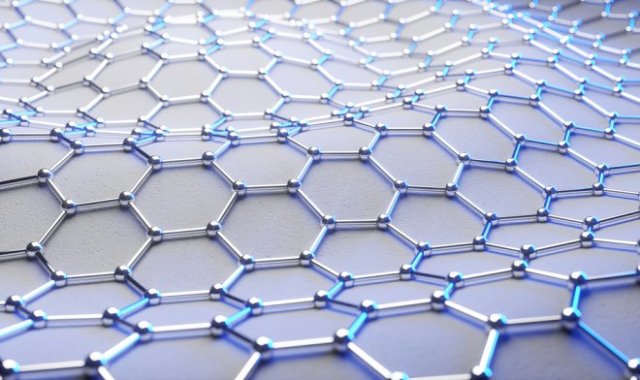
Graphene waves In recent years, research on the study of neutrino particles and their possible interaction with substances has intensified, which was a direct consequence of the awarding of the 2015 Nobel Prize in Physics to Takaaki Kajita and Arthur B. McDonald, the heads of two experimental groups, Super-Kamiokande and SNO, studying the properties of neutrinos.
The work of these scientists has convincingly proved that the three varieties of neutrinos known today are capable of oscillating, spontaneously turning into each other on the fly. Neutrinos of a certain kind can be born in reactions with elementary particles, and neutrinos of a certain mass can propagate in space. It is the proof of the presence of mass, and hence energy, that is the key argument for the theoretical possibility of converting the kinetic energy of neutrinos into electric current. This made it possible to explain the results of experimental work carried out by the scientific and technological company Neutrino Energy Group on the development of a nanomaterial that allows converting the energy of the surrounding radiation fields into electric current. This technology, called Neutrinovoltaic and having a distant resemblance to Photovoltaic, but devoid of its critical drawbacks, was developed by an international group of scientists led by a German scientist, mathematician Holger Thorsten Schubart. For many years it was believed that neutrinos do not interact with substances, so even scientists specializing in this field of research found it difficult to give an unambiguous answer about the possibility of applying the newly acquired knowledge. The lack of unity in the scientific community about the role of neutrinos and the lack of evidence about the interaction of neutrinos with substances made it difficult for the developers of Neutrinovoltaic technology to reasonably defend the proposed method of generating electricity from the surrounding fields of invisible spectrum radiation. How the situation has changed over the past 8 years since the Nobel Prize in Physics was awarded, says the project manager, president of the Neutrino Energy Group Holger Thorsten Schubart.

Holger Thorsten Schubart, President of the scientific and technological company Neutrino Energy GroupHow does the acquired knowledge about neutrinos contribute to the advancement of Neutrinovoltaic technology?
Shubart.
When in 2014 we started talking at various conferences about Neutrinovoltaic technology, the scientific world and business structures, unfortunately, did not accept our concept of creating a fundamentally new technology for generating electric current, which would make it possible to put in practice an intense neutrino flux at the service of man. Any of our speeches were followed by attacks and arguments that neutrino particles have no mass and do not interact with matter, threats and reproaches — "do not engage in pseudoscience." Moreover, we were forced to listen to such comments even from very reputable scientists. Unfortunately, the experimental data presented by us on the operability of the technology were not accepted. But now we are seeing amazing results of your company's work. We are reading about the conclusion of contracts for the construction of plants in a number of countries, including Russia, and the launch of the first plant for the production of electricity sources in Switzerland in late 2023 — early 2024. It is unlikely that this would have happened if the scientific community continued to deny the operability of the Neutrinovoltaic technology.Shubart.
You are right, the scientific community is gradually accepting our argument regarding the fact that the radiation fields around us can become a source of limitless electricity. But any experimental results require scientific justification. Without creating a theoretical model, providing only experimental data for widespread recognition is absolutely not enough. Moreover, it is the results of experiments and theoretical justification that create a holistic and clear picture for investors. The investor must understand what he is investing in and how he will make a profit. At the same time, it should be noted that before attracting investment capital, the development of the project was financed from its own funds. The information about the awarding of the 2015 Nobel Prize in Physics for proving the presence of neutrinos in mass helped us a lot. Any student will tell you that according to the laws of physics, if there is mass, then there is energy. Considering that the flux of cosmic neutrinos is 60 billion. particles crossing 1 cm2 of the earth's surface per second, then the whole air is literally "filled" with energy. The fact of the award reduced the number of our opponents by at least half. But I would like to emphasize that it would be a profound mistake to assert that the multilayer nanomaterial we have created from alternating layers of graphene and doped silicon converts only the kinetic energy of neutrino particles having mass into electricity.

Graphene wavesCan you tell us about the mechanism of converting the energy of the surrounding radiation fields into electric current?
Shubart.
[/b] The transformation mechanism consists in the occurrence of vibrations of graphene atoms, which has a hexagonal crystal lattice. A wave appears in graphene, similar to waves on the surface of the sea, which appears as a result of a combination of small spontaneous movements and leads to the appearance of larger spontaneous movements. The displacement of one atom, combined with the thermal displacements of other atoms, causes the appearance of surface waves with horizontal polarization, known in acoustics as "Love waves". Due to the peculiarities of the crystal lattice of graphene, its atoms oscillate as if in tandem, which distinguishes such movements from spontaneous movements of molecules in liquids. Therefore, the thermal Brownian motion of graphene atoms is of decisive importance in the mechanism of energy conversion, since the vibrations of the outer atomic layers on the surface of nanoparticles with a thickness of less than 10-20 nanometers are large and play an important role in how this material "behaves". As a result, if you cannot ensure uniform application of graphene with a thickness of 1 atom, then the efficiency of converting the energy of radiation fields into electric current drops sharply, so we had to carry out design work to create special equipment for applying graphene and silicon to metal foil with a size of 200x300 mm and higher, because without this we cannot talk about the development of production capacity. Graphene and silicon deposition technologies in laboratory conditions are expensive and are not suitable for industrial production. Why did you choose graphene for your material, and how do graphene vibrations, expressed in the appearance of a "graphene" wave, cause the appearance of an electric current?Shubart.
Graphene is a monatomic layer of graphite, and graphite is one of the allotropic modifications of carbon with atomic number 6. The atomic mass of carbon is 12.011, i.e. it is one of the lightest chemical elements. This means that the nucleus of a graphene atom will receive the greatest rebound when the particles of the surrounding radiation fields having mass hit. This mechanism of action is described in the published works of the COHERENT collaboration at Oak Ridge National Laboratory (USA). We use graphene with almost no impurities and alternate its layers with layers of doped silicon, so clouds of graphene electrons distort their movement in one direction, thus an electric current arises. The overall effect is what physicists call "oblique scattering," when clouds of electrons deflect their motion in one direction. So far, we do not know of other materials or chemical elements that would have similar properties, so there is no alternative to graphene yet. If we are talking about autonomous sources of electric current, then such indicators as power, overall dimensions and price play an extremely important role.Shubart.
The plant, which is being built in Switzerland, plans mainly to produce fuel-free generators of "free" energy Neutrino Power Cubes with a net capacity of 5-6 kW. The generating unit has a size of 800x400x600 mm and a weight of about 50 kg. To increase the generated power to 10-12 kW, 2 generating units can be installed. The preliminary price of the Neutrino Power Cube with a net capacity of 5-6 kW is 11,000 euros. The price is determined by the cost of production, and Switzerland, as you know, is a very expensive country. Perhaps we will be able to achieve a lower cost, taking into account the economic conditions in those countries that have also acquired licenses, as well as by increasing the volume of mass production and the widespread introduction of our technology in everyday life. For economically underdeveloped countries and crisis regions, we are considering the possibility of subsidies and charitable support, given the high moral and ethical responsibility associated with our technology.
